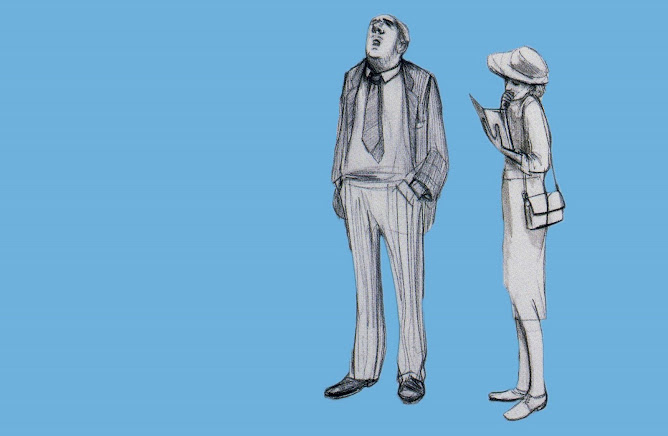
I placed some of my small sculptures into a Perspex case. I think the small one worked well and it adds to the work and makes it lot more
interesting because it gives it that museum quality and the idea that it is real. I showed this in a crit today and people thought it worked well because it makes it seem like the object has actually been taken and placed there fro
m another place and make is seem more real. I like how the view has to look in to view it madeit a more intriguing and a more private view.

With the larger object this one based on a cigaret packet i don't think the
case adds it takes away as u cant get in close and see the detail of the miniature.
So i think there are pros and cons to using a perpex case but i like how it effects the small model so will see where this will take me and make models that will work in the case.

When presenting on a plinth very small objects are often seen without protective cases. In this case invidulation becomes more important. You therefore may want to consider how invidulation affects how audiences react to work. Especially as most people think of invidulators as some sort of police.
ReplyDeleteI agree with Garry, for the purposes of this module the dynamic between the object, the viewer, the invidulator, the manner of display is paramount. Investigating the temptation and/or resistance to touch might be important in your work. Glass or perspex does create a barrier, but you could investigate this too. Why does the glass have to be all around? Could it be open at the sides? This would send a message that the object is protected and touchable at the same time, but I don't think people actually would touch it. Mostly the viewer in a gallery feels quite inhibited. I sometimes like to get my nose quite close, especially to drawings, there is something about the raw paper that is very pleasing and I hate to see it behind glass.
ReplyDeleteLouisa